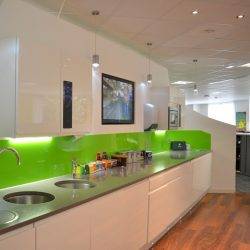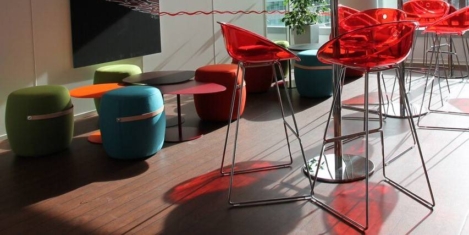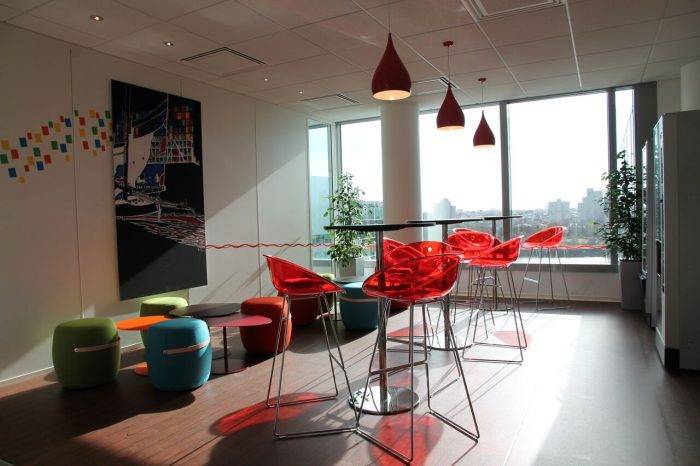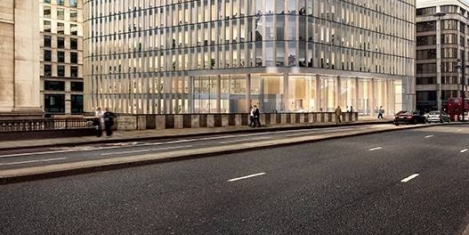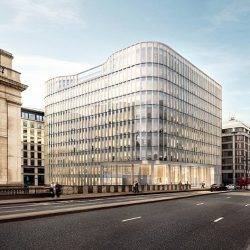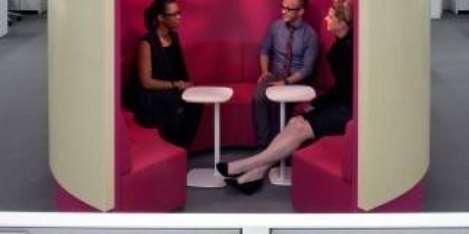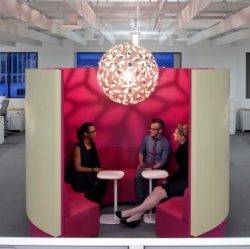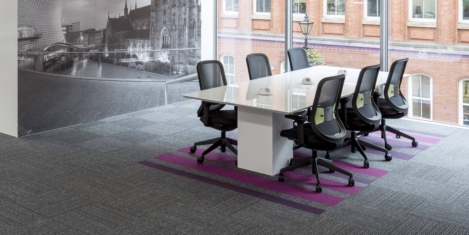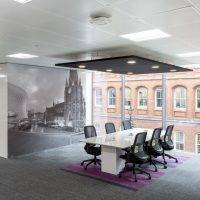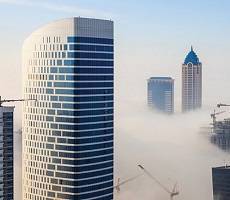October 31, 2016
Office space sees dip in demand post-Brexit says RICS 0
 Demand for office space following the Brexit outcome remains flat according to RICS latest UK Commercial Market Survey 2016; and while the overall UK Commercial property market is showing some signs of a return to a more positive mood post-EU referendum, this has been driven mainly by the industrial sector. London and Scotland are lagging behind the rest of the UK, with Scotland seeing the sharpest drop in headline demand with 24 percent more chartered surveyors seeing a fall during Q3. In the capital, demand fell for the second consecutive quarter with offices seeing the most significant dip (22 percent more respondents reported seeing a fall in demand for London office space). Anecdotal evidence suggests that political uncertainty is still having an effect on both these markets. And the survey also found that respondents from German cities have seen enquiries from UK-based firms and expect there to be an increase in relocation away from Britain over the next two years.
Demand for office space following the Brexit outcome remains flat according to RICS latest UK Commercial Market Survey 2016; and while the overall UK Commercial property market is showing some signs of a return to a more positive mood post-EU referendum, this has been driven mainly by the industrial sector. London and Scotland are lagging behind the rest of the UK, with Scotland seeing the sharpest drop in headline demand with 24 percent more chartered surveyors seeing a fall during Q3. In the capital, demand fell for the second consecutive quarter with offices seeing the most significant dip (22 percent more respondents reported seeing a fall in demand for London office space). Anecdotal evidence suggests that political uncertainty is still having an effect on both these markets. And the survey also found that respondents from German cities have seen enquiries from UK-based firms and expect there to be an increase in relocation away from Britain over the next two years.






